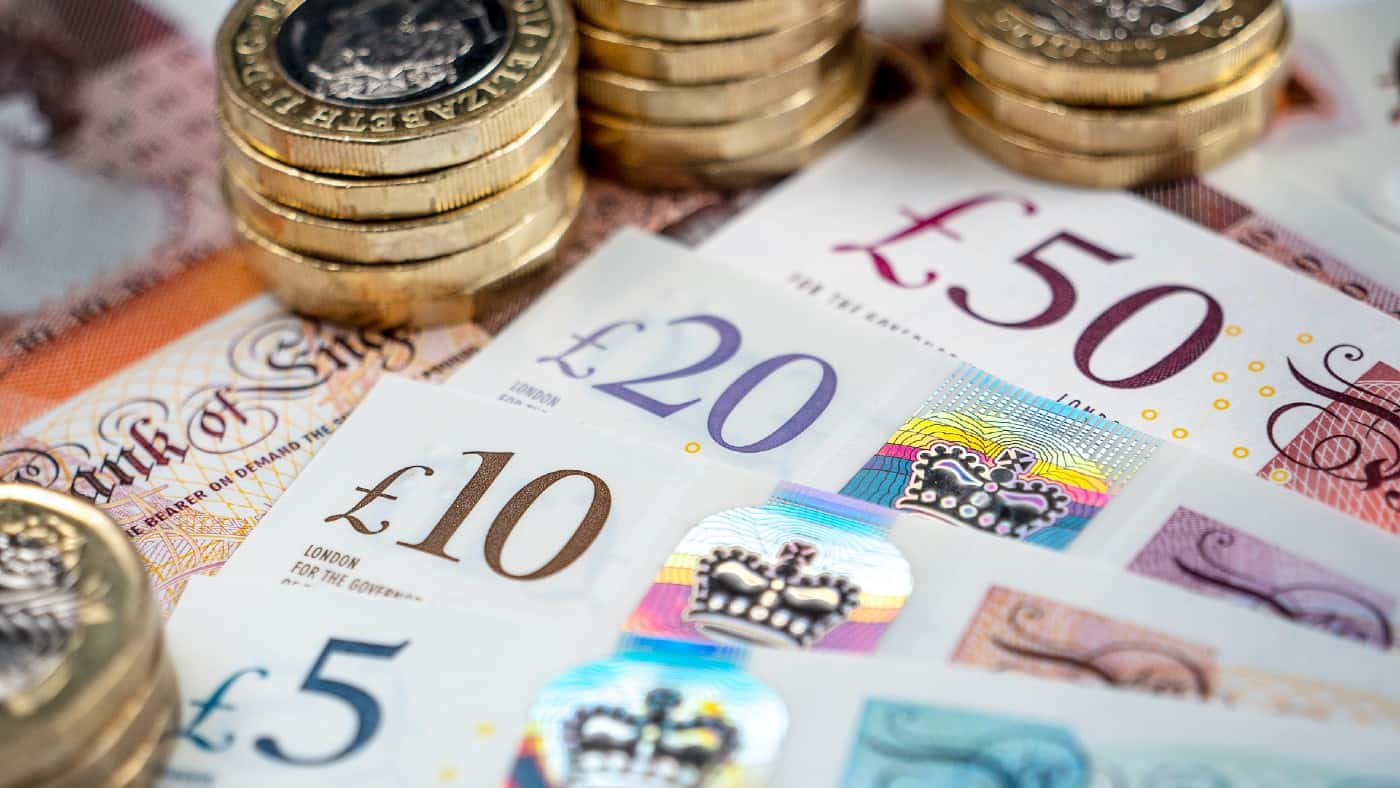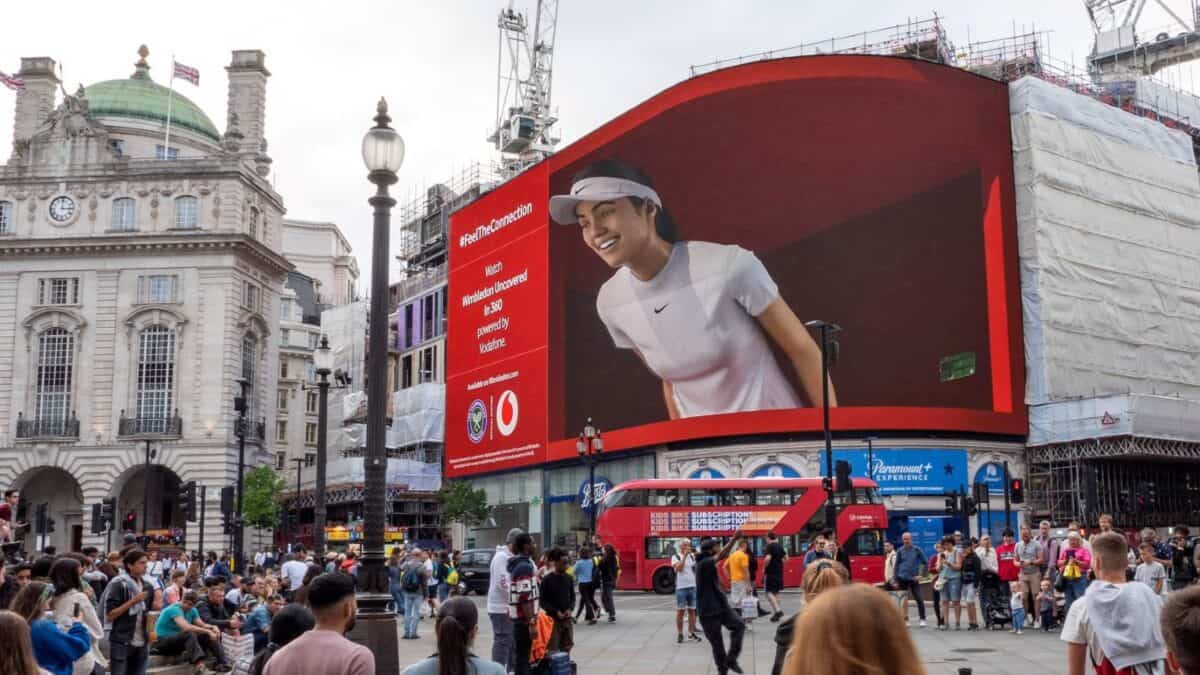Image source: Getty Images
Investing in dividend stocks isn’t all about the biggest yields, because they can be cut. And it’s not only about cover by earnings, as companies can have bad years. I think safety has an important part to play in long-term investing. Today I’m looking at three that I think offer safety, for different reasons.
Visibility
Steady revenues and profits provide a boost for annual dividends. That means the greater visibility a company has over its income, the more it can afford to hand over as dividends. And the more likely it is to be able to keep paying them.
I rate National Grid (LSE: NG) as a good example. Wherever energy comes from, it has to flow through the networks. In the UK and parts of the US, it means guaranteed income for the networks operator.
In turn, National Grid has been able to grow its dividends steadily for decades. Dividend yields have been good in recent years too, with a current forecast of 5%.
Cover by earnings has been a bit thin, at 1.2 times at the last year-end. But strong cover is generally less important for firms with more reliable profits.
The main danger to National Grid, I think, is the possible future obsolescence of gas. But energy from alternative sources is likely to be distributed as electricity, so that side could see a boost.
Diversification
A diversified investment can help reduce risk to dividends. I’m thinking about investment trusts, which have rules that provide extra benefits. They can retain profits in better years to boost dividends in weaker years, and that can improve reliability.
If we look at some investment trusts that target long-term income, we find something remarkable. Look at Murray Income Trust (LSE: MUT), for example. It’s currently offering a 4.4% yield, which is decent.
And it’s also raised its annual dividend for 49 years in a row. Some have done even better, with City of London Investment Trust hitting 56 consecutive annual increases.
Murray Income invests mostly in UK equities. And among its top holdings we see AstraZeneca, Diageo, Unilever… all top blue-chip stocks.
There’s no guarantee the record will continue. And just one year of failing to lift the dividend could mean a share price crash. But I think the odds are favourable.
Long-term
The reasoning for my third choice applies to the whole banking sector, and I’m going for Barclays (LSE: BARC).
It’s on a 4% yield at the moment. And Barclays’ earnings have strongly covered the dividends in recent years.
But isn’t there a big risk of the dividend being cut during the coming recession? Yes. Barclays has cut it multiple times over the past decade, as one financial crisis has followed another.
So how can I possibly suggest it’s safe? It’s all about investing timescale. And for those with multi-decade horizons, I think banks have a very good chance of providing safe long-term income.
The sector is a core part of the world’s economy. If the economy does not perform, then nobody is likely to offer reliable dividends. But if it does well in the long term, I don’t see how bank shareholders can lose.
Credit: Source link














